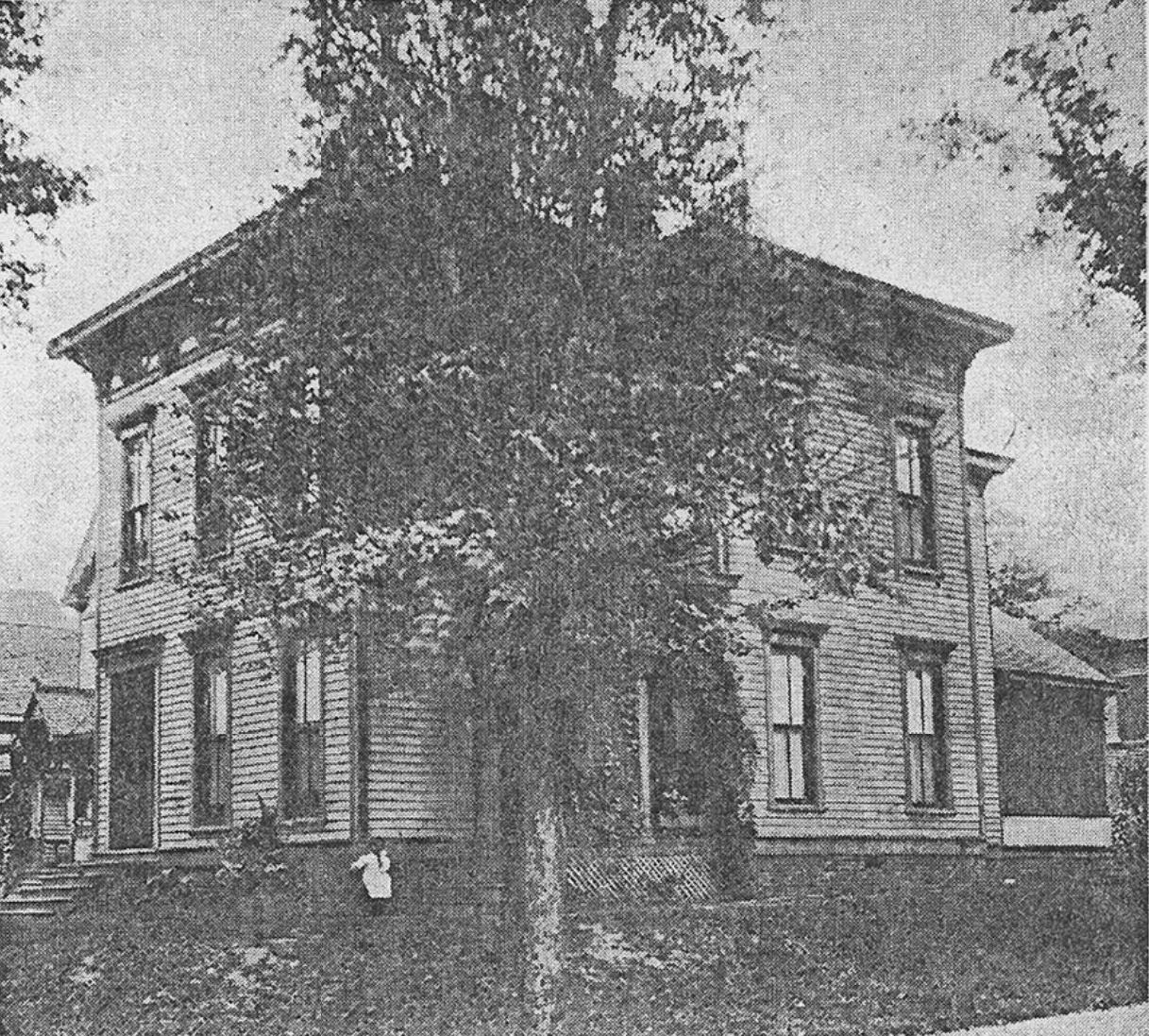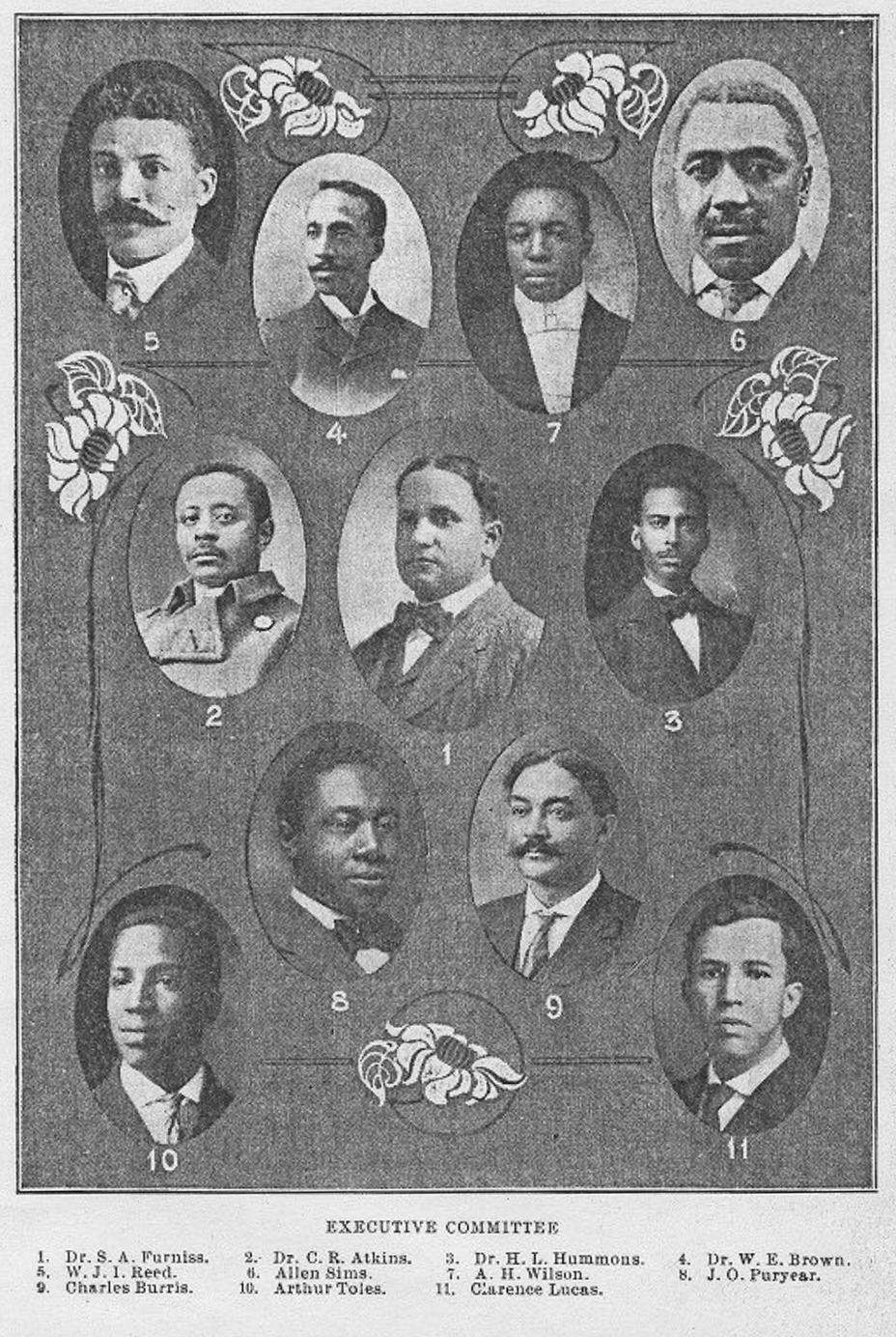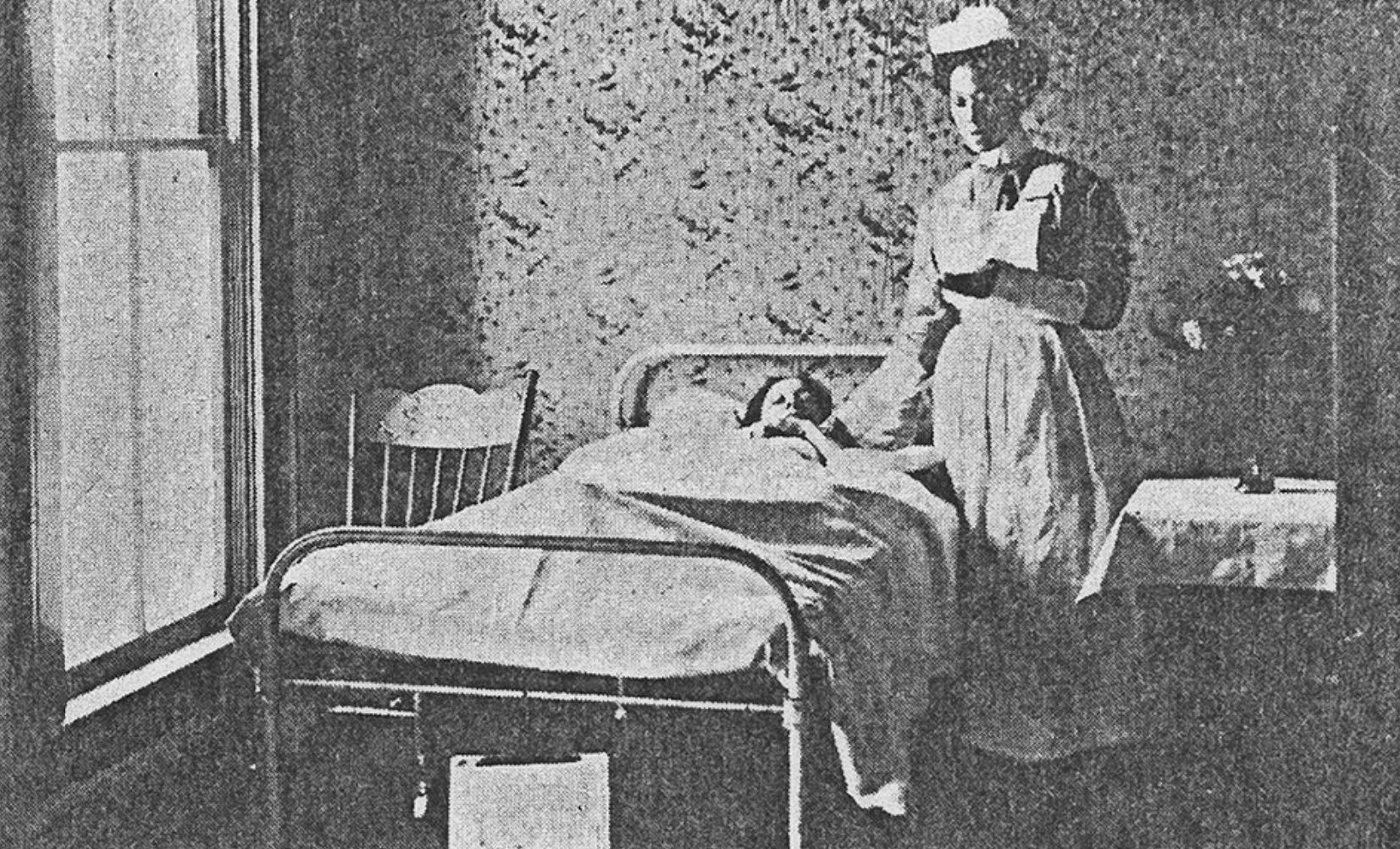At a time when existing Indianapolis hospitals barred African American doctors from practice and only admitted African American patients, doctors , W. E. Brown, C. Atkins, and H. L. Hummons became founding members of the Lincoln Hospital Association, incorporated on June 30, 1909. They aimed to provide a place for Black physicians to practice and to help African Americans who often were excluded from medical treatment.

Lincoln Hospital opened on December 15, 1909, in a two-story frame house at the corner of 11th Street and Senate Avenue in one of the city’s Black residential areas. It was the first of two hospitals founded during the early 20th century to provide free health care to the African American community in Indianapolis. While Lincoln Hospital was organized by men, Black clubwomen established the in 1911.
Equipped with modern furnishings and medical apparatus acquired from the recently closed State Hospital College, which had been affiliated with the , Lincoln Hospital had 12 rooms and accommodated 17 patients. Any reputable physician could practice at Lincoln Hospital, and it provided free care to all Black patients with curable noncontagious diseases. Physicians brought cases for a wide range of conditions to the hospital, including childbirth, carcinomas, and gunshot wounds. In January 1911, Lincoln Hospital opened a free dispensary, which functioned as a walk-in clinic or urgent care facility.

As a charitable institution, Lincoln Hospital rested on a foundation of African American self-help. The hospital staff asked the public to donate money, which was designated for general operating expenses and the purchase of equipment and supplies. Women’s organizations, principally the Ladies Auxiliary of Lincoln Hospital, but also other groups like the Lincoln Hospital Patients’ Club, established by former women patients, and a Women’s Council solicited money and held fundraisers to help meet the health care facility’s needs.
Lincoln Hospital also included whites in its governance. It operated with an advisory board of 25 Black and white men from the business and medical communities. Although their identities and the nature of their contributions largely remain unclear, at least two notable white Indianapolis leaders openly made substantial donations. Automobile entrepreneur contributed money to construct a surgical suite for the hospital, and , a politician and the owner of the English Hotel and Opera House, provided funds for two surgical wards, an obstetrical room, and a post-operative room. The surgical wards provided a much-needed avenue for Black surgeons to enhance their skills as few postgraduate programs existed for Black medical students and hospitals restricted access to surgical facilities.

The hospital also presented the opportunity to develop a staff of professionally trained Black nurses. Because Black women in Indianapolis were not admitted to any of the city’s nursing schools, Lincoln Hospital established one of its own. The Lincoln Hospital Training School for Nurses offered an intensive two-year training program that included lectures and clinical work. The school provided a means of social uplift for women in the African American community, while its student and graduate nurses enhanced Lincoln Hospital’s medical services.
Despite Lincoln Hospital’s successes, volunteer efforts to support it did not provide enough resources to sustain the institution. A merger proposed in January 1914 between Lincoln Hospital and the Sisters of Charity Hospital failed, and Lincoln Hospital closed sometime in 1915. The exact date of its closure is unknown, but on June 12, 1915, the Indianapolis News reported that the Lincoln Hospital property had been sold to the Indiana Realty Company.

Help improve this entry
Contribute information, offer corrections, suggest images.
You can also recommend new entries related to this topic.

